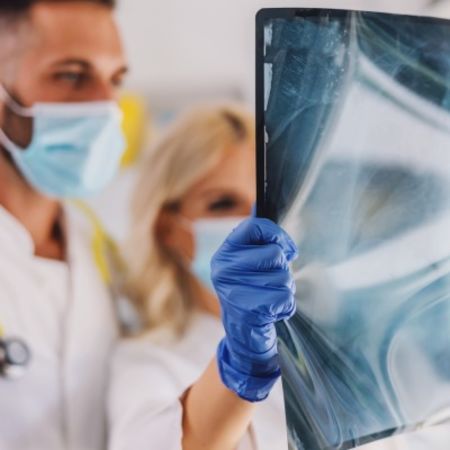- Encourage academic career mentorship between trainees and faculty of all ranks.
- Teach them how to teach.
- Provide research training and protected time to complete a research project as an elective rotation.
- Expand trainee leadership in radiology administration.
- Train them to be outstanding clinical radiologists.
She notes that delivering superb patient care is essential to achieving professional fulfillment, as well as earning the respect of new colleagues, and, ultimately of keeping the new job. Pursuits in radiology education, research, and administration will be weakened if the quality of the clinical work is poor.
Reference: Slanetz, P.J., Kim, G., Planz, V.B., Naeger D.M. Soarin’ Into Radiology Practice—Preparing the Next Generation for Success. Journal of the American College of Radiology. Published:May 15, 2021. DOI:https://doi.org/10.1016/j.jacr.2021.04.013
Photo: iStock



























